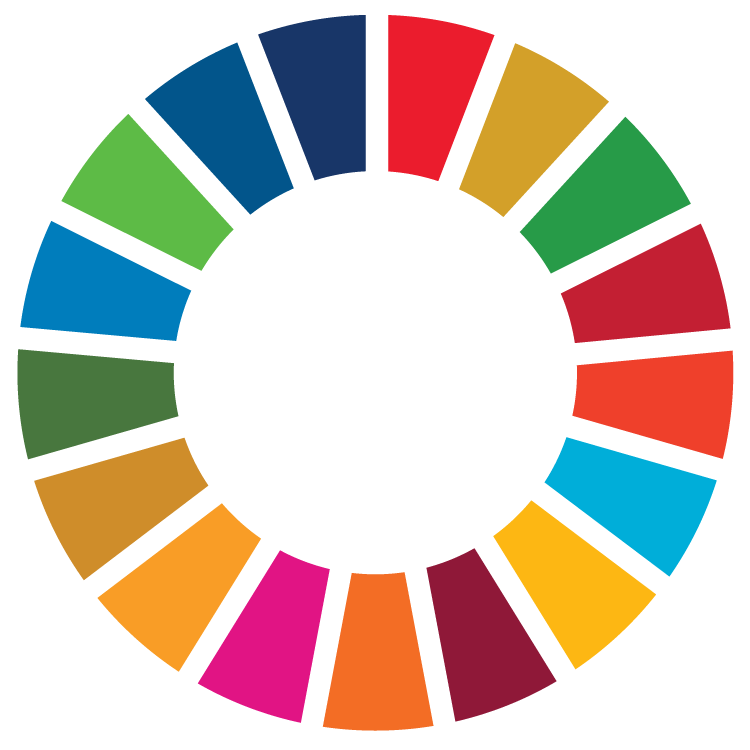In September 2015, world leaders adopted the 2030 Agenda for Sustainable Development and its 17 goals that cut across disciplines, sectors and institutional mandates, acknowledging the integrated nature of the many challenges that humanity faces—from gender inequality to inadequate infrastructure, from youth unemployment to environmental degradation.
In the preamble to the 2030 Agenda, world leaders affirmed that they are “Determined to protect the planet from degradation, including through sustainable consumption and production, sustainably managing its natural resources and taking urgent action on climate change, so that it can support the needs of the present and future generations.”
The UN Environment Programme's (UNEP) challenge in the 2030 Agenda is to develop and enhance integrated approaches to sustainable development—approaches that will demonstrate how improving the health of the environment will bring social and economic benefits. Aiming to reduce environmental risks and increase the resilience of societies and the environment as a whole, UNEP action fosters the environmental dimension of sustainable development and leads to socio-economic development.
Summary of Sustainable Development Goals as they relate to environmental issues
See the list of the Sustainable Development Goals and the environment-related targets. There are thirty (30) indicators that UNEP is taking the lead on. In areas not directly related to the environment, UNEP works with other agencies. It should be noted that this is an ongoing process and is subject to change.



